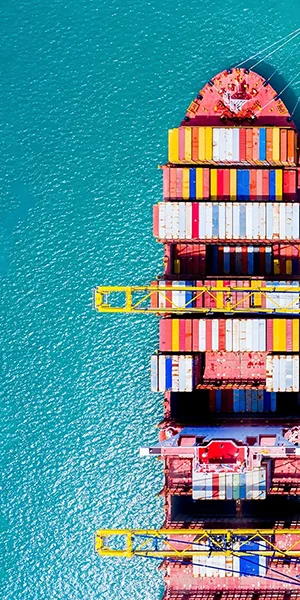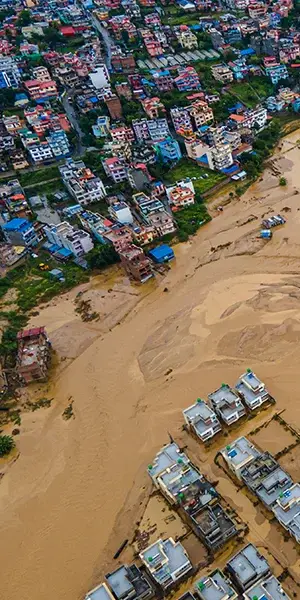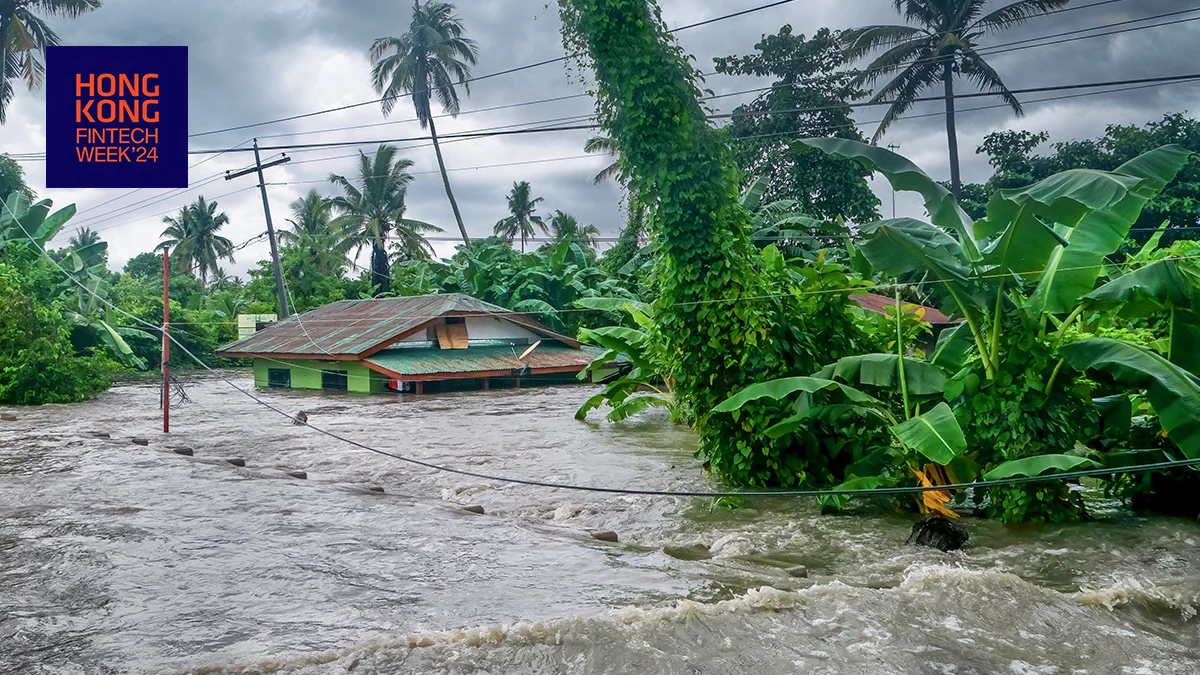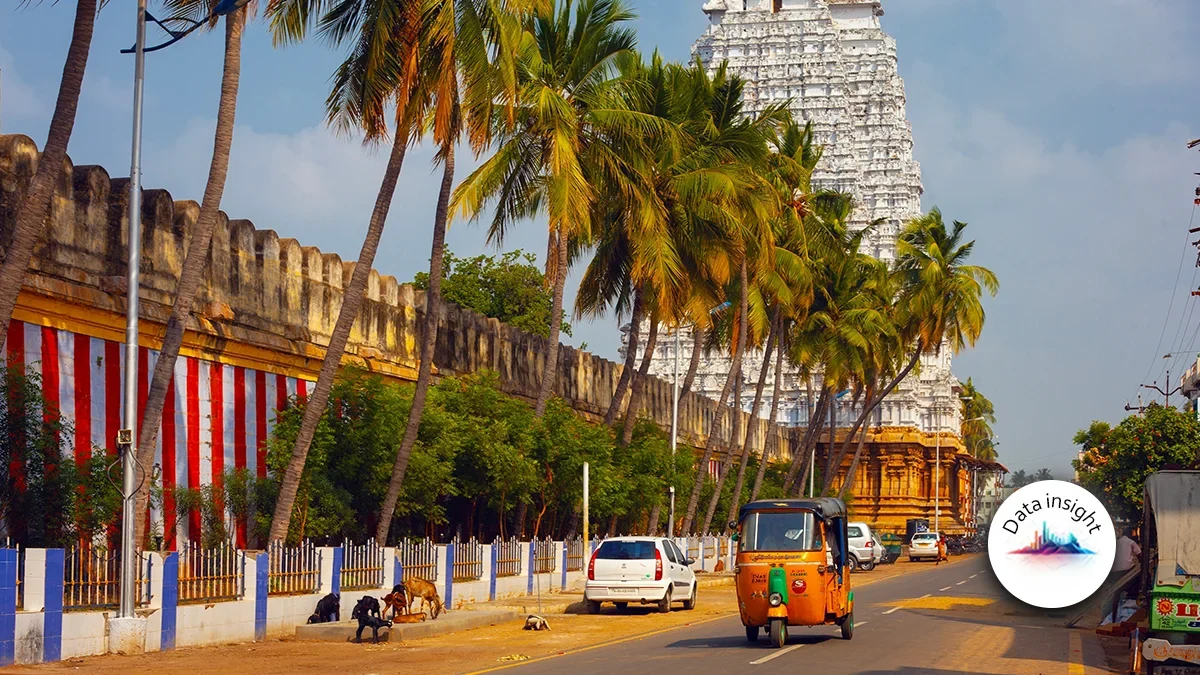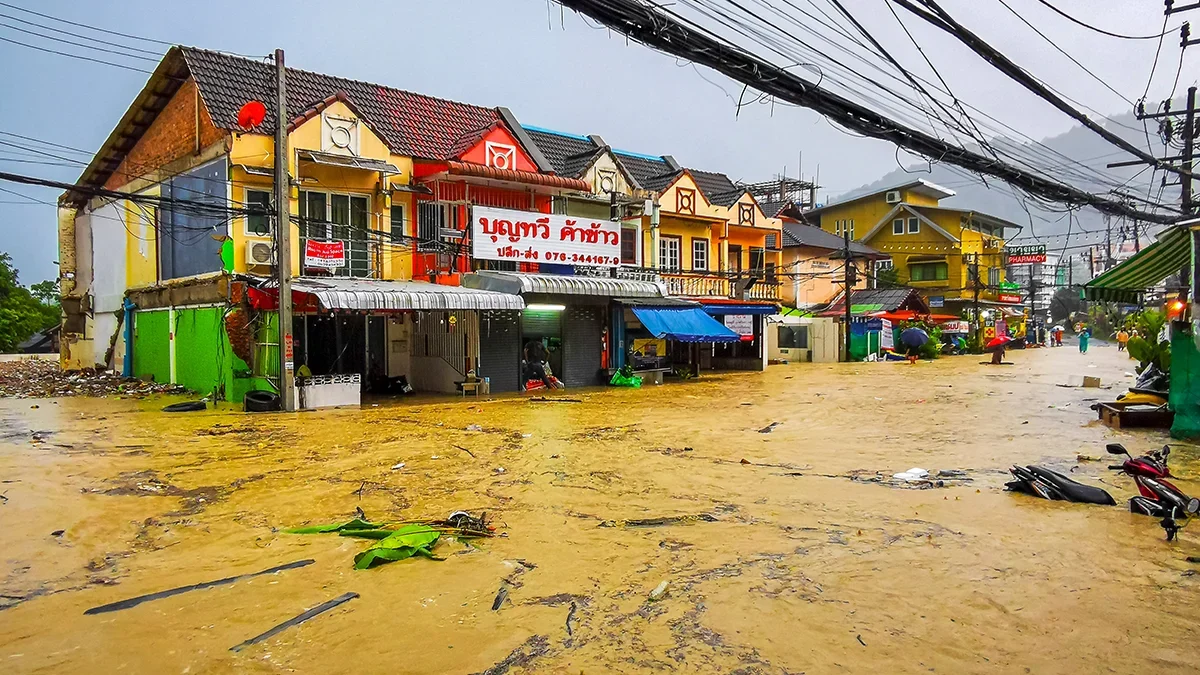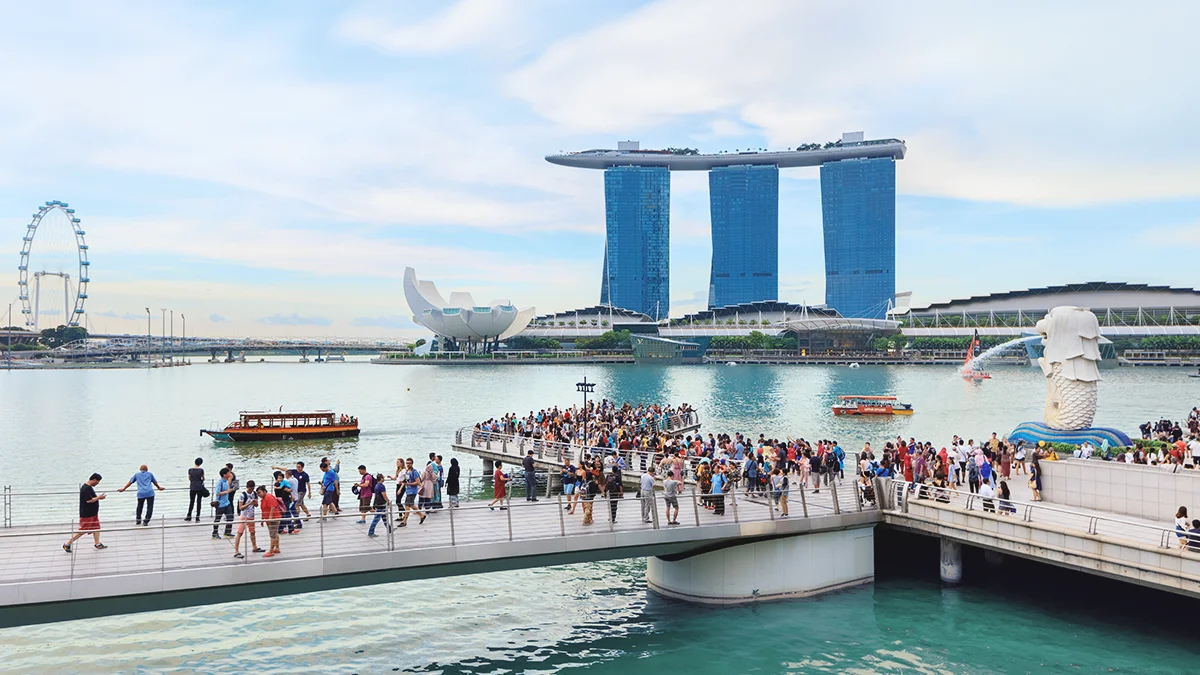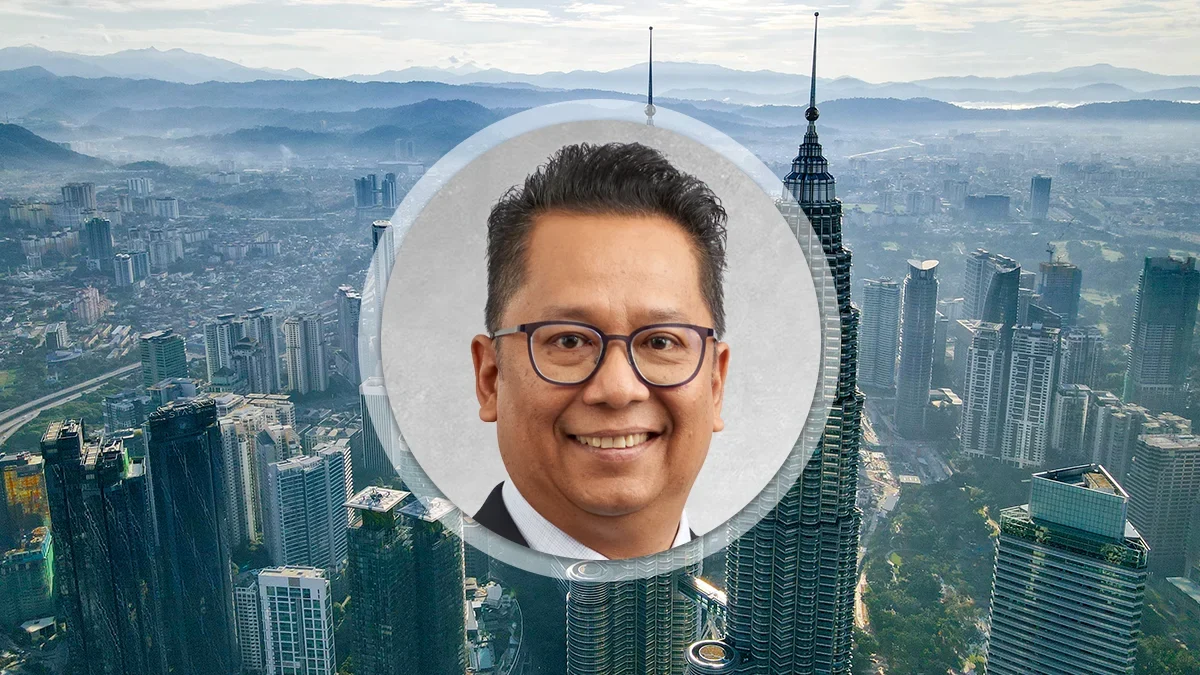(Re)in Summary
• The “three A’s” – affordability, availability, and accessibility – remain major barriers to parametric insurance adoption, with education gaps further complicating uptake, says Peak Re’s Clarence Wong.
• Wet perils like floods and cyclones pose particular modeling challenges due to local conditions, though AI and language models are showing promise in improving climate predictions.
• Government involvement is crucial when affordability becomes an issue, says Guy Carpenter’s Jeremy Waite.
While parametric solutions have helped close the natural catastrophe protection gap in Asia and significantly reduced uncertainty, scaling these solutions still poses difficulties, reinsurance experts said during a panel at Hong Kong Fintech Week on Tuesday (Oct 29).
Even as parametric products are designed well and significantly reduce claims uncertainty, their affordability and accessibility remain major barriers, especially for Asia’s low-income populations.
Clarence Wong,
Chief Economist at Peak Re“There are three A’s. One is affordability, the second one is availability, and the third is accessibility. So these are usually the three main reasons why there are large protection gaps,” explained Clarence Wong, Chief Economist at Peak Re.
There is also an education and awareness gap, Wong said, and people still don’t understand the benefits of parametric solutions. “(These solutions) are understandable for us in the industry, but for laymen, for governments, we still need to do a lot of education in order for this product to be scaled up,” he added.
Government support is needed, as an insurer of last resort or as a regulator, to meet these challenges. “It becomes a problem when people can’t afford it, or they don’t think it’s good value, and then a government now needs to get involved,” said Jeremy Waite, Head of APAC Catastrophe Advisory at reinsurance broker Guy Carpenter.
And governments can also encourage the issuance of catastrophe bonds, which will help (re)insurers expand available capital and capacity so insurers can underwrite rising nat cat risk.
Hong Kong has been steadily building its capacity for insurance-linked securities, with five cat bonds issued in the city in recent years — the latest being a US$150m parametric cat bond for Jamaican storm cover.
“I think this is a very important step in expanding the available capital or capacity that we can use to kind of underwrite those risks,” said Wong.
Technical problems require technical solutions
Some parametric solutions rely on more advanced data and technology, which may not be readily available or accessible in Asia’s more remote or developing regions.
And that reduces their ability to scale. “There’s a lot of work behind the scenes going into quantifying that, to turn an event into a trigger that minimises basis risk,” said Waite.
Wet perils – cyclones, floods and storms – are difficult to model, Waite said. “The risk changes a lot from local conditions,” he added. “It’s very hard, even if you know the land topography, to think what’s going to happen where there’s a flood.”
Jeremy Waite
Head of APAC Catastrophe AdvisoryTechnology can help us model these perils, said Wong, with AI being promising in this aspect. “We have been seeing a lot of collaboration, with particularly the use of AI large language models to improve climate models… and the use of these AI models have seemed to be more successful in predicting the path of climate change and climate events,” he added.
And tech can help close the affordability and accessibility gap by lowering distribution costs, Wong points out. “You can use your mobile phone to pay premiums, collect claims, and it helps to save cost from the perspective of the insurer,” Wong said.
Pilots – like SEADRIF’s Laos parametric cover – have shown that parametric is feasible, Wong said. “The support of government and the pooling of all these resources together is very important in building the scale that is needed for this to happen,” Wong said.





